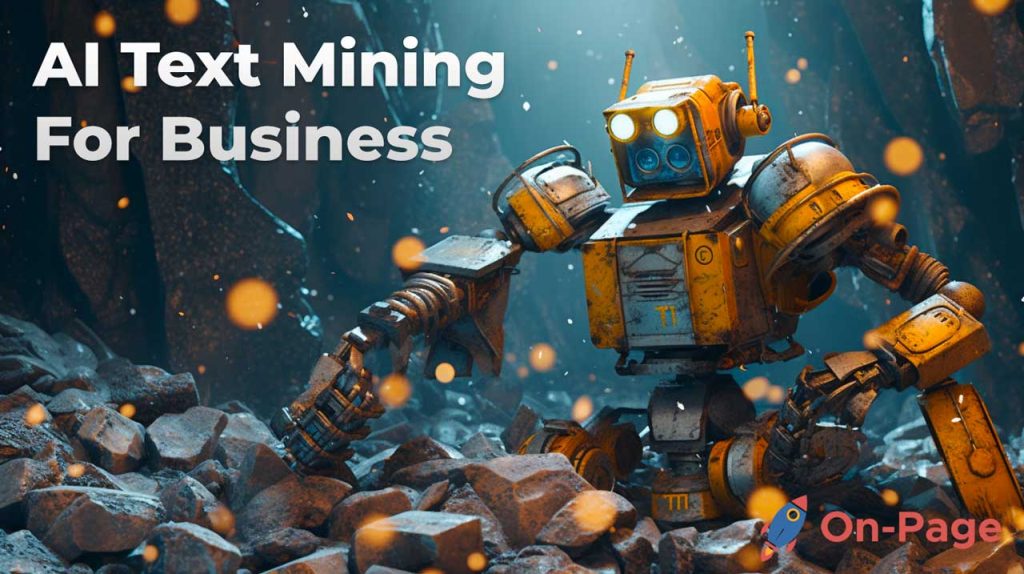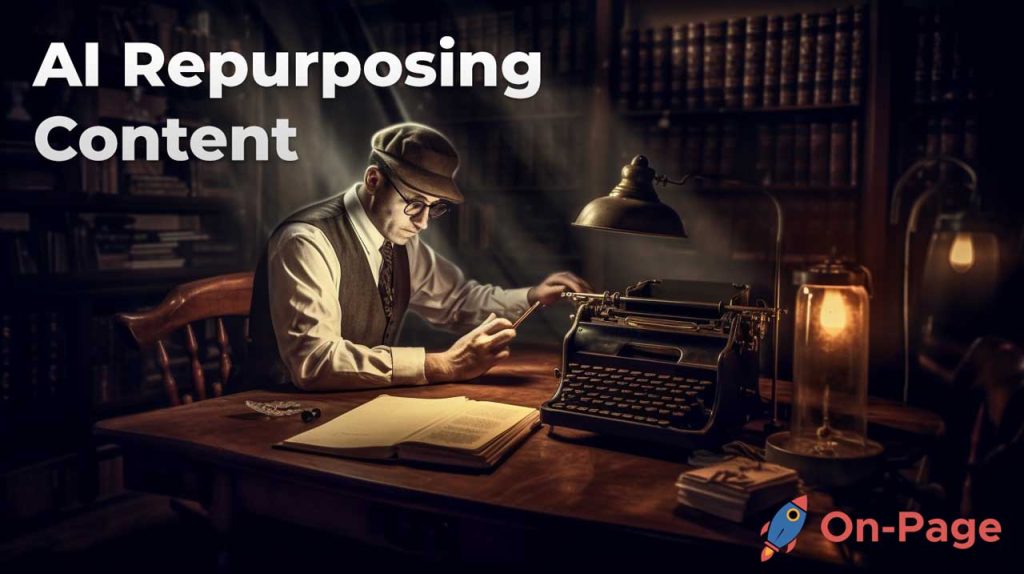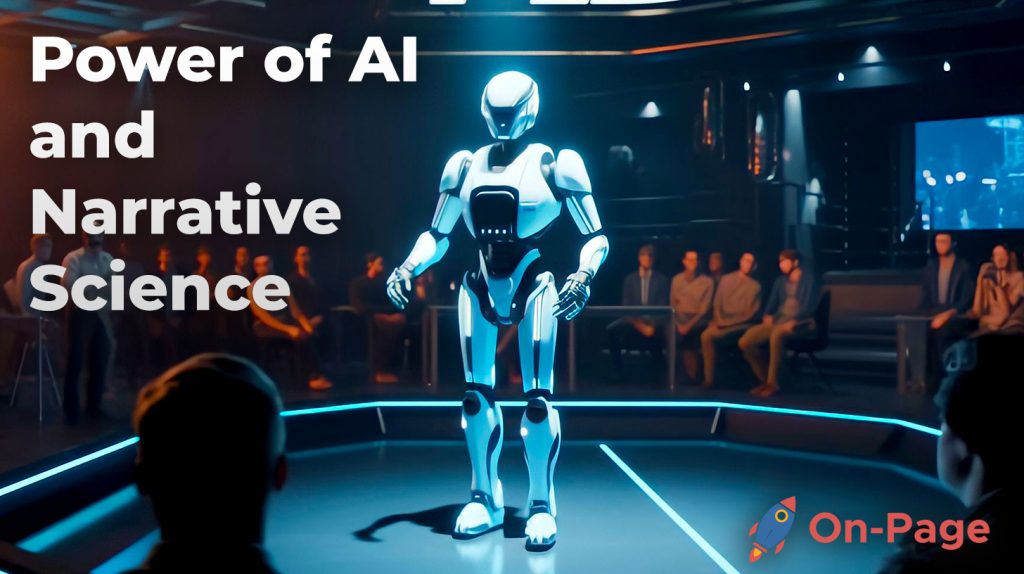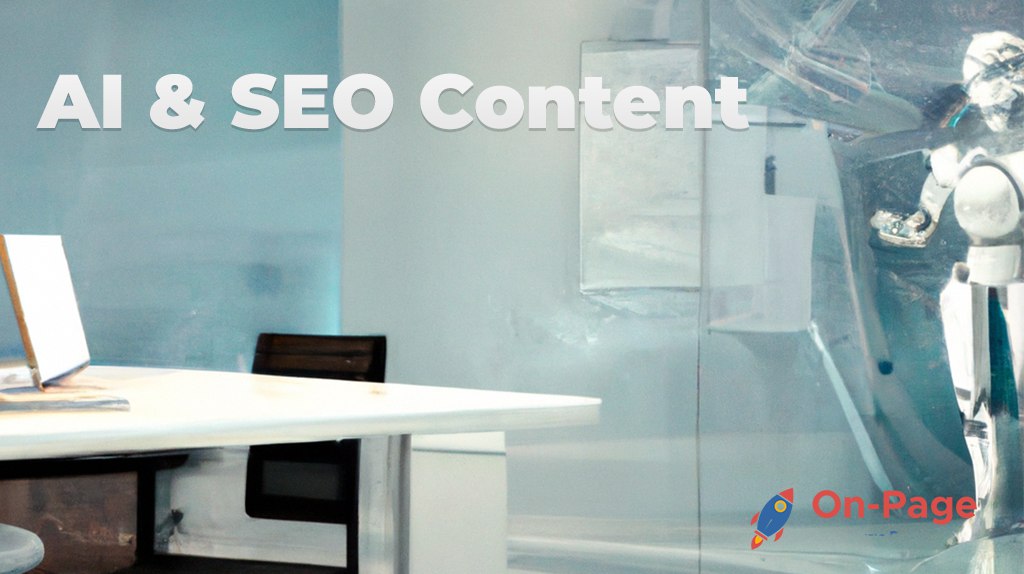Imagine a world where the perfect content, specifically catered to every reader, is available at their fingertips. A world where editorial teams no longer worry about tirelessly scouring through text for the best SEO practices, and authors can completely focus on producing outstanding ideas. This world isn’t a mere figment of our imagination—thanks to AI-driven tools like On-Page.ai, such an era in the publishing industry has dawned upon us. In this blog post, we will explore the fascinating, disruptive impact of AI in transforming the realm of publishing, turning around traditional methods by optimizing content effortlessly for winning search engine results. Stay with us as we delve into this new frontier that’s revolutionizing the publishing landscape!

AI is disrupting the publishing industry in multiple ways, including generating non-fiction content quickly and efficiently, replacing human narrators for mass market audiobook narration, using text generation AI to write books and articles, and enabling print-on-demand models. While these changes offer potential benefits, there are also concerns about copyright and the role of human creativity in publishing.
AI-Driven Content Creation
In recent years, AI has been transforming the publishing industry by streamlining content creation like never before. With the help of AI, writers can produce high-quality content quickly and efficiently, especially when using an advanced AI content generator. Publishers, on the other hand, can generate unlimited amounts of content at a fraction of the cost. Let’s dive deeper into how AI is impacting content creation.
One example of how AI is revolutionizing content creation is through the use of algorithms that analyze vast amounts of data to identify patterns and generate ideas. By analyzing online search trends, social media posts, and user behavior, AI algorithms can help writers create content that resonates with their target audience. This means that businesses can stay ahead of consumer trends by producing relevant and timely content that drives traffic and sales.
Another way AI is transforming content creation is through automated writing tools like On-Page.ai’s Stealth Writer. These tools leverage Natural Language Processing (NLP) to create high-quality articles on any topic with just a few clicks. These articles are not only accurate but also engaging for readers, ensuring that businesses can maintain a strong online presence without spending hours creating new content.
Of course, some argue that AI-generated content lacks the nuance and creativity of human writing. While it’s true that AI-generated writing may not always have the same emotional depth as writing generated by humans, it’s important to remember that these tools are designed to supplement rather than replace human creativity. By handling routine tasks like keyword research and topic generation, AI frees up human writers to focus on more creative aspects of content creation.
Think about it like this: AI-powered tools are like having an assistant who handles all the administrative tasks so that you can focus on what you do best. Instead of spending hours researching topics and optimizing your copy for SEO, you can let On-Page.ai handle those tasks while you focus on crafting high-quality content that resonates with your audience.
Now that we’ve explored how AI is transforming content creation, let’s take a closer look at how it’s impacting non-fiction writing in particular.
Faster Non-Fiction Writing

One of the most significant impacts of AI on non-fiction writing is the speed at which writers can produce high-quality content. With AI-powered tools like On-Page.ai‘s On-Page Scans and Stealth Writer, writers can optimize their content for SEO while ensuring accuracy and relevance.
For instance, writers can use On-Page Scans to identify the most important keywords for their topic and ensure that those keywords are used in strategic places throughout the article. This not only helps improve search engine rankings but also ensures that readers are receiving accurate and relevant information. Meanwhile, writers can use Stealth Writer to generate new articles quickly and easily – making it easier than ever to scale content production.

By combining these tools with human creativity and research, non-fiction writers can produce high-quality content faster than ever before. Instead of spending days researching a topic and compiling research notes, writers can jump right into crafting an article using AI-powered tools to streamline the writing process.
Of course, some argue that faster content creation comes at the cost of quality. While it’s true that some AI-generated content may lack the nuance and emotional depth of human writing, it’s important to remember that these tools are designed to supplement rather than replace human creativity. By freeing up writers from tedious tasks like keyword optimization, AI allows them to focus on what they do best: crafting engaging and informative content.
To put it simply: AI-powered tools are like having a personal assistant who handles all the boring and repetitive tasks so that you can focus on what you do best. With tools like the Stealth Writer, non-fiction writers can create high-quality content that ranks well on search engines and resonates with their audience – all while saving time and effort.
In the next section, we’ll take a closer look at how AI is impacting distribution and marketing within the publishing industry.
AI-Assisted Novel Generation
One of the most fascinating aspects of artificial intelligence is its ability to generate original content. While many people envision AI as only being able to produce formulaic or generic stories, the potential for creative expression is truly groundbreaking. By using algorithms to learn from existing works and create new ideas, AI is transforming the way that novels are produced and distributed.
For instance, companies like OpenAI have created advanced language models like GPT-3, which can generate entire stories on its own based on prompts given by a human author. In some cases, these generated works have been indistinguishable from those created by human authors. This technology has already been used to create both standalone stories and entire books, demonstrating that AI-generated content has a bright future in publishing.
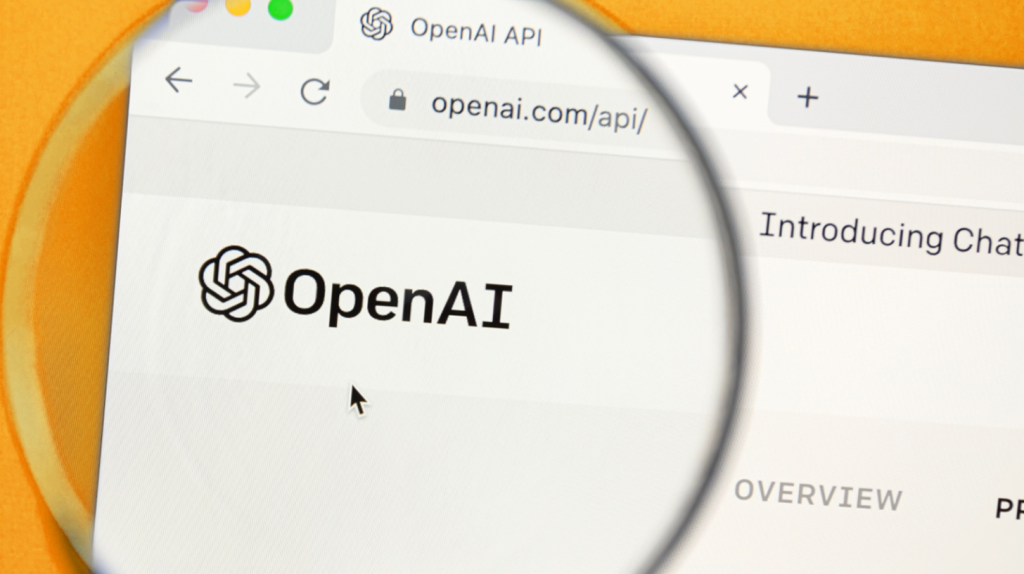
Additionally, AI can help authors in the early stages of their drafting process. By analyzing genre-specific language patterns and common tropes of successful works, authors can use AI to suggest fresh angles for their storylines. This type of assistance can be crucial in helping writers overcome roadblocks and sharpen their ideas into compelling narratives.
However, there are also some critics who worry that AI could eventually supplant human creativity entirely. While it’s true that algorithms can quickly analyze and respond to trends in storytelling, there is still something unique about the human experience and perspective that cannot be replicated by code alone.
To put it another way: while an AI might be able to consistently generate entertaining plot twists or clever dialogue, there’s no substitute for the subtle nuances that make characters feel like real people rather than just collections of data points. Nonetheless, as AI-assisted creation becomes more normalized across different industries, we can expect this debate to continue evolving.
Moving forward beyond the realm of novel generation itself, let’s discuss how AI is changing the way that writers reach their audiences and market their books.
- According to a study by Deloitte, nearly 60% of publishers are already using AI tools for content personalization and curation, with adoption expected to grow in the coming years.
- A PwC report found that AI has the potential to add over $15 trillion to the global economy by 2030, and a significant portion of this value will come from automating processes and enhancing productivity in the publishing industry.
- In 2019, Springer Nature published the first AI-generated textbook, marking a milestone for AI-authored content in academia and expanding possibilities for automated knowledge generation in scientific publications.
AI’s Role in Distribution and Marketing
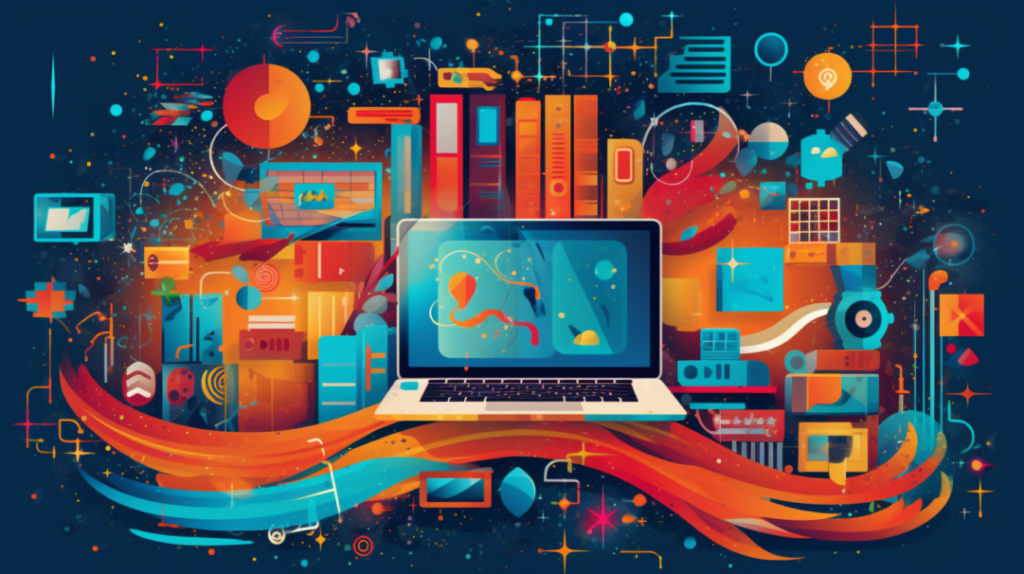
It’s no secret that marketing and distribution are critical components of any successful publishing strategy. With so many books vying for attention, standing out in a crowded marketplace can be challenging. However, AI offers powerful tools for personalizing messaging and outreach, making it possible to better connect with readers and build a loyal following.
One way that AI is revolutionizing distribution is through targeted text placement. By analyzing reader data like location, search history, and even social media trends, algorithms can predict which types of content are most likely to resonate with specific demographics. This data is then used to distribute content through relevant channels- everything from Amazon recommendations to ads on Instagram can be optimized based on this analysis.
Speaking of recommendations, On-Page content optimization tool can suggest highly relevant keywords that your business should use to maximize online visibility and ranking. Even more helpful is their Auto-Optimize feature that can automatically integrate important keywords into your content. How awesome is that?
Similarly, AI-powered marketing can be used to create personalized experiences for individual readers. With enough input about a person’s preferences and interests, an algorithm can tailor social media campaigns or email marketing efforts towards specific individuals. For instance, if someone has shown interest in science fiction stories set in space, AI-generated ads could then recommend similar books or authors based on past searches or purchases.
Of course, there are some potential downsides to such personalized targeting. If not done carefully, it could be seen as manipulative or invasive- a sentiment echoed throughout many industries implementing similar over-divisive strategies.
To use an analogy: imagine walking into a bookstore and having every single book you see labeled with personalized recommendations tailored directly to your tastes -for some people that idea could feel like being welcomed home while to others unsettling- as it feels too much like being watched by machines.
However, it’s safe to say that personalisation can be used ethically in moderation taking into consideration privacy and consent issues. By finding the balance, AI writing tools can do wonders for delivering more targeted and relevant content to readers in exciting new ways. This opens up a whole new era of publishing, one where technology coexists with human creativity rather than supplanting it.
Targeted Text Distribution
In the ever-increasing digital age, targeting the right audience can make or break a business. With AI, publishing companies can now take advantage of targeted text distribution to reach the right audience, at the right time, with the right message.
For instance, by analyzing data such as search patterns and social media activity, AI can identify specific demographics and target them more effectively. This means that publishers can tailor their marketing strategies to match consumer preferences and habits.
Targeted text distribution not only helps publishers attract more customers but also increases conversion rates. By delivering messages tailored to users’ preferences, AI-powered systems can increase engagement levels and reduce bounce rates.
Some may argue that targeted text distribution is an invasion of privacy since it relies on collecting user data. However, with today’s internet culture, most users expect companies to collect some form of data. As long as companies use this data ethically and transparently, there should be no issue with using it for targeted advertising.
Overall, targeted text distribution is an effective way to not only reach a wider audience but also improve conversion rates for publishers.
- The use of AI for targeted text distribution can be a game-changer for businesses in the digital age. By analyzing data such as search patterns and social media activity, publishers can identify specific demographics and target them more effectively. Targeted text distribution not only helps attract more customers, but also increases conversion rates by delivering messages tailored to users’ preferences while reducing bounce rates. While some may argue that it is an invasion of privacy, as long as companies use this data ethically and transparently, it can greatly benefit both publishers and consumers. Overall, targeted text distribution is an effective way to reach a wider audience and improve conversion rates, making it a crucial factor in the success of any business.
Personalized Marketing Strategies
Personalized marketing strategies using AI offer significant benefits for both publishers and consumers. By leveraging data-driven insights, publishers can create customized campaigns based on each customer’s interests and behavior.
An example of personalized marketing would be tailored email campaigns that speak directly to individuals’ likes and needs or display ads based on previous browsing history.
Whether you’re making targeted ads or relevant blog posts for your brand or niche, the On-Page Content Editor is an incredible tool to have to help you quickly and efficiently create highly valuable, personalized content. Be sure to check it out if you’re looking to elevate your content marketing efforts.
Personalized marketing strategies also provide higher conversion rates since they are focused on specific interests and behaviors, rather than broad demographic characteristics. Higher conversion rates lead to increased sales, ROI and brand loyalty for businesses.
It’s similar to when you walk into your favorite coffee shop and they already have your order prepared for you, without even asking. You feel seen and understood as a customer, creating a stronger bond between you and the brand.
Some may argue that personalized marketing is morally questionable since it relies on collecting user data and algorithms that may be biased. However, as long as companies are transparent with their data collection methods and use ethical and unbiased algorithms, personalized marketing can actually enhance the customer experience.
Benefits of AI in the Publishing Industry
AI has been making waves in various industries, and publishing is no exception. Let’s take a closer look at some of the benefits of AI in the publishing industry.

Quick writing
One of the most significant benefits of AI in the publishing industry is its ability to aid writers. Rather than spending hours researching information for their books or academic papers, authors can turn to AI-powered tools such as On-Page.ai. Machines are much better at culling through large amounts of data quickly and effectively. As a result, authors can focus on more creative aspects of writing, such as crafting compelling narratives or developing complex characters.
Accurate translation
Another area where AI is showing promise in publishing is with translation. With over 130 million books published worldwide, publishers are always looking for ways to expand their reach into new markets. And thanks to advancements in machine translation technologies, this is now possible. In fact, Amazon has already incorporated real-time speech-to-speech translation from 14 different languages into its Kindle devices.
Of course, not all experts agree on the benefits of AI in publishing. Some fear that machines will replace human creativity entirely and turn book writing into an unemotional and standardized process. But while it’s true that machines may be able to generate content automatically, they cannot yet replicate human imagination or our unique way of viewing the world around us.
It’s like comparing a self-playing piano versus a skilled pianist playing live music. The self-playing piano can play beautiful music but lacks the depth and nuance that comes with human performing live music.
Ethical and Legal Challenges in AI-Powered Publishing
As with any new technology, there are also ethical and legal challenges that need to be addressed when it comes to AI-powered publishing. Here are some critical points to consider:
Data privacy
One of the most significant ethical considerations in AI-powered publishing is data privacy. When using any machine learning algorithm, publishers need to be careful about the type of data they’re feeding into their systems. If their algorithms are trained on sensitive or personal information, there’s a risk that confidential data could be leaked or distributed.
Risk of bias
Another challenge is the risk of bias. Since AI systems operate based on patterns and trends found in large datasets, there’s always the chance that these systems could develop stereotypes or perpetuate biases already present in society. For example, an AI system trained to predict bestselling genres may overvalue books by white male authors and undervalue those by female or non-white authors.
On the other hand, some argue that AI can be used to promote diversity and inclusivity. By analyzing reading habits across different demographics, publishers can gain insights into new markets or neglected readerships.
It’s like having a diversity consultant working alongside your regular editorial team. A properly integrated artificial intelligence system could provide valuable feedback without encouraging disingenuous content creation to appeal to certain demographics.
FAQ
In what ways specifically is AI being utilized in the publishing industry?
AI is revolutionizing the publishing industry in various ways. For instance, AI-powered data analytics tools help publishers to understand customer behavior and market trends better. These insights can inform publication decisions such as content creation and marketing strategies. With AI, publishers can also personalize their content to suit individual reader preferences through intelligent recommendation engines.
According to a report by MarketsandMarkets, the global artificial intelligence (AI) in the publishing market size is expected to grow from $420 million in 2019 to $1,791 million by 2024, at a Compound Annual Growth Rate (CAGR) of 33.7% during the forecast period.
Additionally, AI is being employed in editing and proofreading processes to produce high-quality written material, free from errors and inconsistencies. By automating these processes, publishers can save time and resources while improving the quality of their output.
Other applications of AI in publishing include chatbots for customer support and automated translation of content into different languages.
Overall, AI content tools like On-Page.ai is revolutionizing the publishing industry by enhancing decision-making, personalization, editing accuracy, and customer engagement. As technology continues to advance, we can expect even more innovative uses of AI in publishing in the coming years.
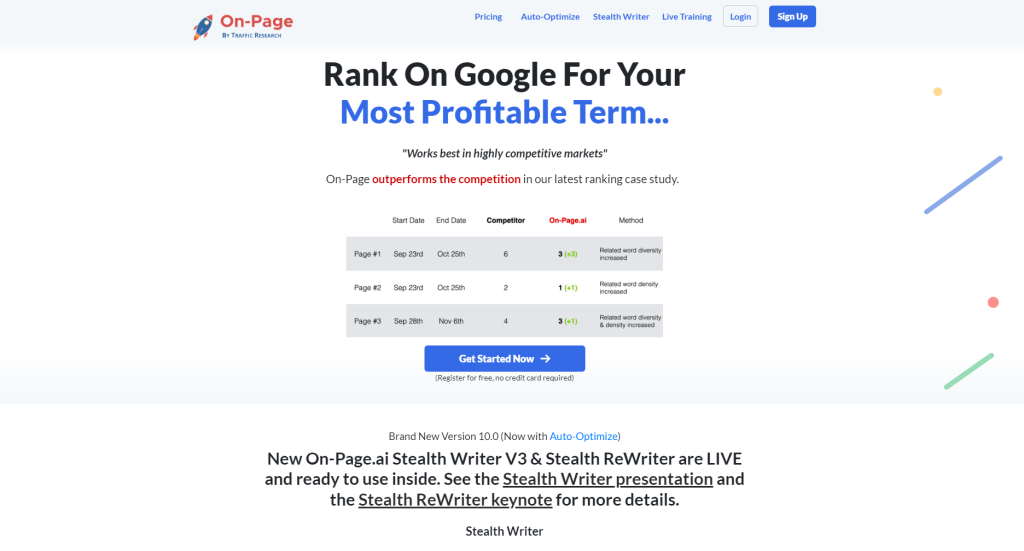
Are there any drawbacks or limitations to using AI in the publishing process?
Yes, there are some drawbacks and limitations to using AI in the publishing process. While AI can automate various tasks, increase efficiency, and reduce costs, it cannot replace human creativity. It is essential to understand that artificial intelligence can only analyze data and make predictions based on existing information.
One of the most significant challenges of using AI in publishing is the lack of emotional intelligence. Machines can analyze texts for grammar and style, but they cannot understand the tone or intent of writing. Thus, they may fail to recognize nuances in language and cultural differences that could lead to unintended implications or offensive messages.
Another significant limitation of AI in publishing is data bias. Since AI algorithms rely on historical data to train themselves, they can reproduce systemic biases present in that data. An example includes hiring algorithms that are biased against women or people of color. Similarly, AI tools used in writing could perpetuate stereotypes or create new ones.
Lastly, the high cost of implementing AI systems could pose a challenge for small publishers. According to a survey conducted by Quill Intelligence, 58% of small business owners listed affordability as their main concern when investing in AI (source).
Overall, while AI provides several benefits to the publishing industry, it is imperative to acknowledge its limitations and work actively towards creating more inclusive and unbiased algorithms.
What impact has AI had on traditional publishing roles and responsibilities?
The impact of AI on traditional publishing roles and responsibilities has been significant. With the advent of technology, many tasks that were once done by humans can now be automated through AI. For instance, automated proofreading tools, such as Grammarly, can now identify grammatical errors and spelling mistakes in documents within seconds. Similarly, AI-powered editing tools like Autocrit and ProWritingAid can optimize content for readability, style, grammar, and other factors. And let’s not forget, On-Page.ai is also built with a full grammar and spell checker, aside from its powerful content optimization tool.
Moreover, AI-powered algorithms can analyze market trends to help publishers predict which books will sell and create targeted marketing campaigns. The technology can also identify topics that customers are interested in reading about or crucial events that have occurred globally. In turn, publications can create new content tailored towards the interests of their specific readers.
According to a study conducted by the Association of American Publishers (AAP), e-book sales have increased by nearly 5% since 2018 due to advances in smart technologies and big data. At the same time, book editors spend less time correcting text because software-driven apps like Hemingway and Scrivener can streamline the process.
In conclusion, AI has significantly transformed traditional roles and responsibilities in the publishing industry by automating menial tasks while freeing up valuable time to focus on essential aspects of creative writing and ideation. From identifying market gaps to streamlining editorial processes like proofreading and copyediting, it is evident that AI technology is transforming publishing into an innovative industry poised for growth.
What does the future hold for the integration of AI in the publishing industry?
The integration of AI in the publishing industry is set to revolutionize the way content is created, distributed, and consumed. In the near future, we can expect to see more personalized and engaging content thanks to the use of AI-powered tools such as natural language processing (NLP), machine learning (ML), and predictive analytics.
Moreover, AI can also streamline the publishing process from start to finish. It can facilitate research and fact-checking for authors, assist with editing and proofreading, automate layout design, and even aid in marketing strategy development.
Overall, the future looks bright for AI in publishing as it continues to transform the industry into a more efficient, innovative and customer-centric landscape. As John Hudson from Wired puts it: “With AI now transforming how we read, write and publish books, it’s clear that in this brave new world there’s room for everyone – both human writers and machines alike.”
Publishing content has never been this easy and efficient, especially with On-Page.ai Content Editor which empowers every content creator, marketer, and entrepreneur to put out valuable content for their target audience.
If you’re on the lookout for a tool that will transform and take your content game to epic heights, better sign-up and get started with On-Page today!

